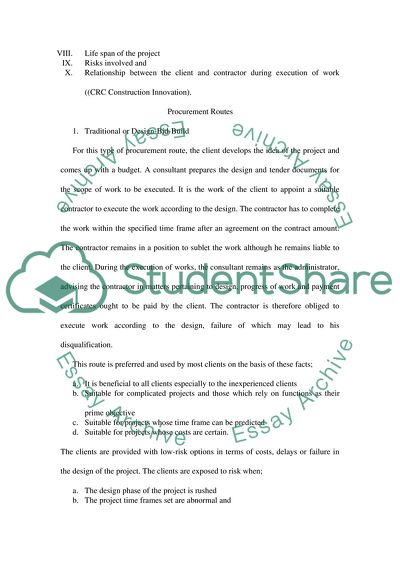Cite this document
(“Construction Procurement Essay Example | Topics and Well Written Essays - 1250 words”, n.d.)
Retrieved from https://studentshare.org/engineering-and-construction/1443306-construction-procurement
Retrieved from https://studentshare.org/engineering-and-construction/1443306-construction-procurement
(Construction Procurement Essay Example | Topics and Well Written Essays - 1250 Words)
https://studentshare.org/engineering-and-construction/1443306-construction-procurement.
https://studentshare.org/engineering-and-construction/1443306-construction-procurement.
“Construction Procurement Essay Example | Topics and Well Written Essays - 1250 Words”, n.d. https://studentshare.org/engineering-and-construction/1443306-construction-procurement.


